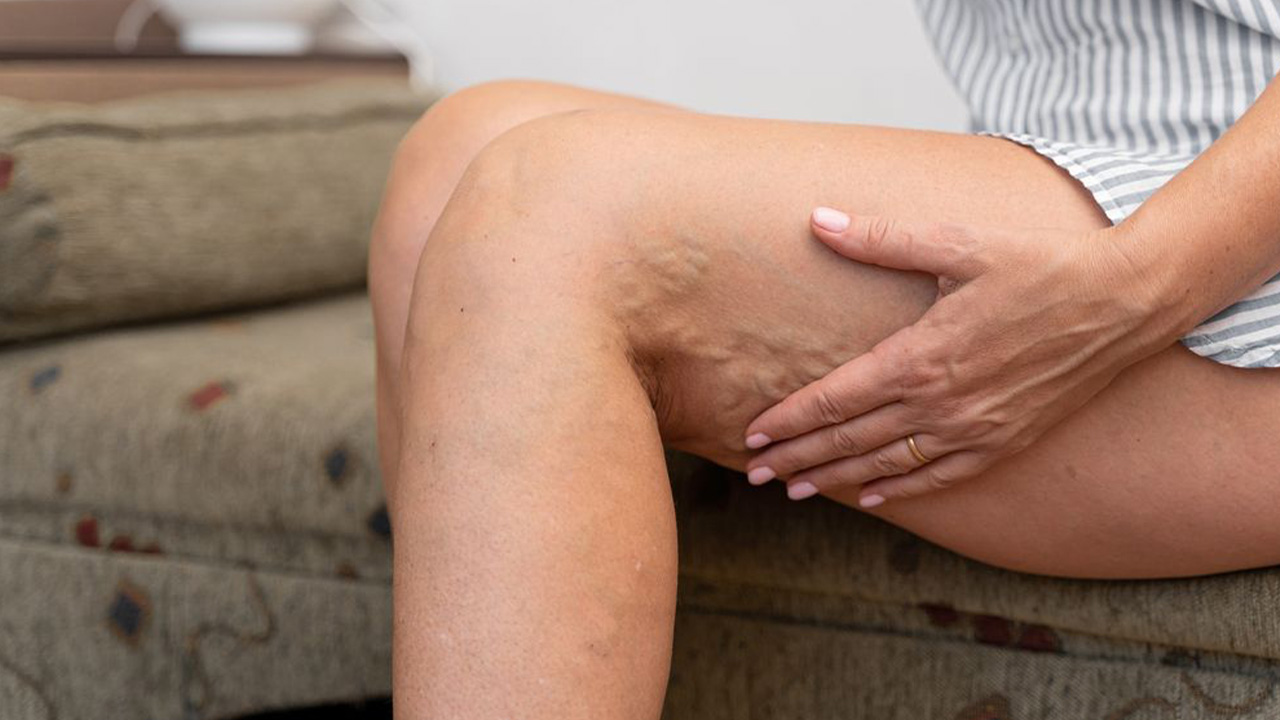Varicose veins are a disorder of blood vessels that usually occurs in the lower extremities. The veins become enlarged, bulky, and twisted. They can be seen superficially under the skin. Varicose veins can also form in other body parts but usually occur in the legs. Damaged or weak vein walls and damage within the vein valves commonly cause them. This damage causes the reflux and pooling of blood within the legs.
Varicose vein Bruising
People with varicose veins are more prone to bruising. Understanding the causes and contributing factors is essential to understanding why bruising is common with varicose veins.
Increased pressure in the vein
Healthy veins contain one-way valves that return the blood flow smoothly toward the heart. However, in certain conditions, such as varicose veins, the valves become weak and disoriented, resulting in increased pressure within. This increased pressure makes the vein more susceptible to rupturing. Even a small amount of trauma can rupture the veins and cause bruising and discoloration.
Weakened walls of the veins
After developing varicose veins, the vascular walls continue to become weak. Poor blood circulation and constant stress over the weakened veins result in rupturing and bruising.
Trauma or injury
Varicose veins are fragile, so even a light injury, minor trauma, bump, or scrape can cause bruising.
Blood pooling
Varicose veins are compromised in elasticity, resulting in vein rupture and blood pooling within any part of the lower extremities. This leakage or venous stasis can cause chronic skin discoloration.
Aging
Along with varicose veins, aging is another key contributing factor to bruising. As individuals age, they lose elasticity and natural cushioning, leading to frequent bruising.
Using anti-coagulants
Due to any underlying issue, anti-coagulants cause blood to seep out of the weakened veins and pool around the area, resulting in bruising.
Prevention and management
The following approaches can be beneficial to prevent frequent brushing in varicose veins.
- Use of compression stocking
- Avoid prolonged sitting and standing
- Elevating exercises for legs
- Healthy lifestyle
Performing daily tasks with additional care and vigilance
Varicose vein bruising is a commonly associated phenomenon. If you experience frequent bruising or skin discoloration, it is important to consult your healthcare specialist for an appropriate management plan. Does Massage Help Varicose Veins?




